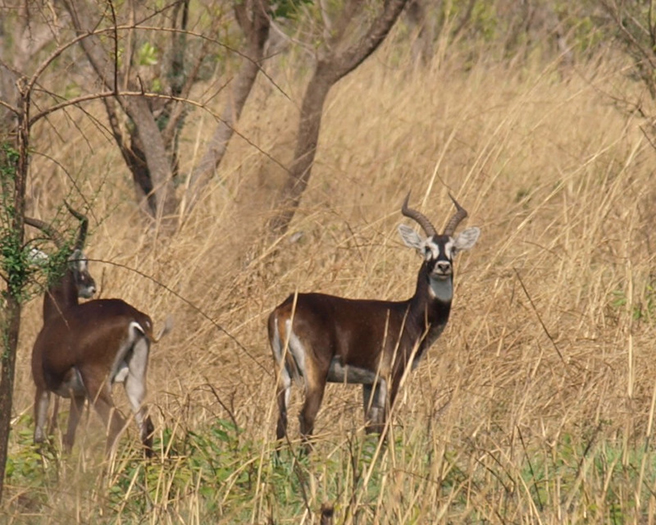South Sudan’s Conservation Potential

Surprisingly, even after two decades of civil war, South Sudan still has a considerable wildlife population. There is a large-scale land migration that rivals that of the Serengeti, numbering about 800,000 white-eared kob, tiang, and other ungulates.
This migration occurs between Boma and Badingilo national parks. The country also has the rare giant eland and the shoebill, a wonderful avian oddity.
South Sudan has the largest wetland in Africa, the Sudd, lying along the Nile and covering 30,000 square kilometres. This area has a rich biodiversity and supports myriad lifestyles, including pastoralism, farming, and fishing. The Sudd also nourishes the migratory wildlife during the dry season. A proposal to drain this wetland by the Khartoum government was one of the reasons that sparked the civil war.
The country is still at the beginning stage, where they need to start on the right footing. AWF’s experience across African landscapes on the themes of land conservation, enterprise development, conservation science, education and training, community conservation, and recently, in the area of climate change adaptation, brings lessons learned that will be very applicable to South Sudan. AWF’s experience of over 53 years of work in Africa can have great value to this nation.
As technical advisor, I am providing support in the areas of policy, strategy, development, and planning. Additionally, I am advising on how to develop institutional cohesion.
I bring to the table experience from the Maasai Steppe, which I hop will be applicable to South Sudan, and am providing linkage to AWF’s immense pool of expertise in Nairobi. I am providing answers on day-to-day issues of institutional support and on the development of terms of reference for a legal consultancy on wildlife and tourism bills for the country.
My other work has been to collect information and data on the conservation areas of South Sudan to prepare an AWF strategy for a broader conservation program in the country.